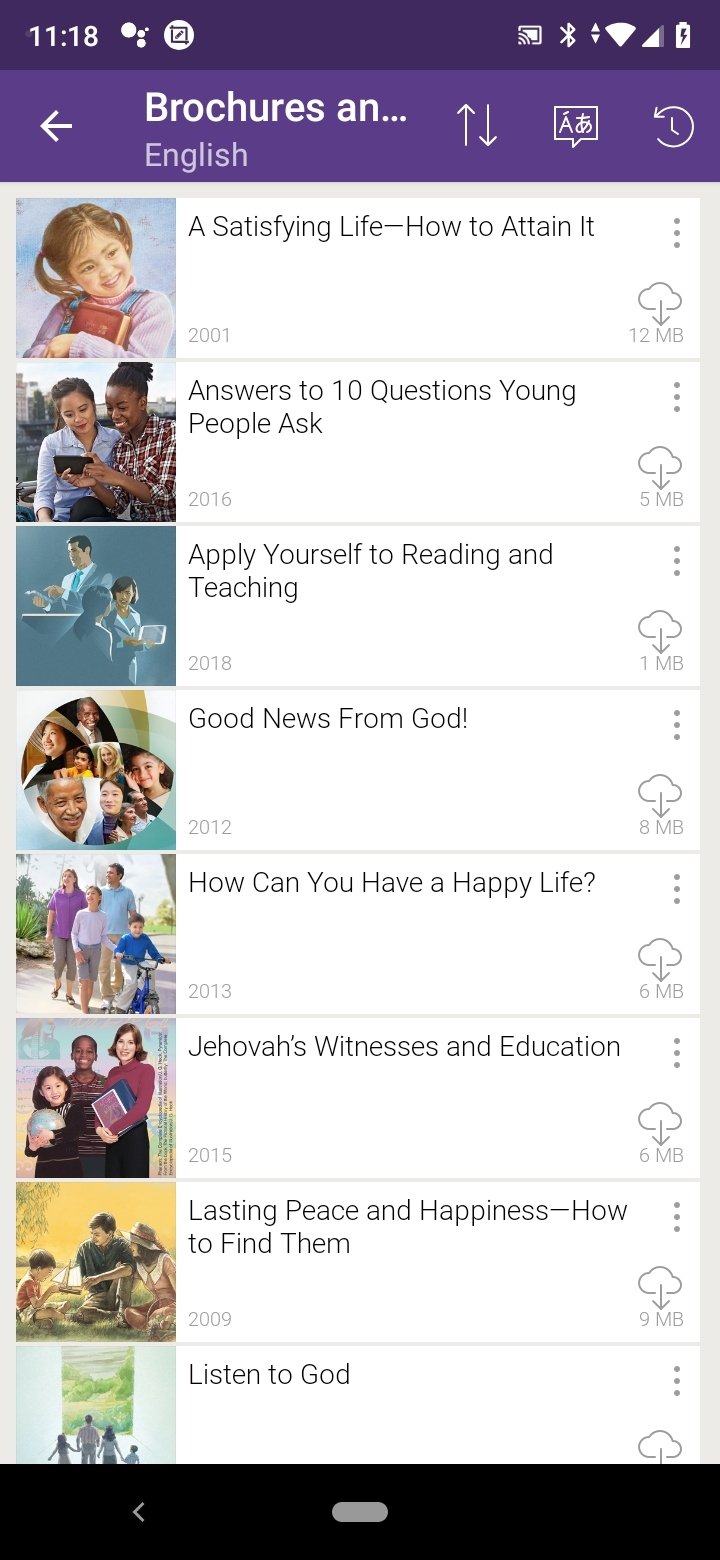

Visual Studio 2013 RTM: C++ 圆4 code generation bug for AVX2 instructions Cause X64 log() function uses vpsrlq AVX instruction without regard to operating system (so it crashes on Vista 圆4) This problem has been reported on Microsoft Connect: Note Windows PE does not support AVX state saving. In the Windows Preinstall Environment (Windows PE) If AVX state saving is explicitly disabled in the operating system boot configuration

On an old version of the Windows operating system that does not support AVX state saving (for example, Windows Vista) if it's used on a computer that supports the AVX instruction set This problem is most likely to occur in the following scenarios: Affected functions include log, log10, and pow, and others. If the instructions are not available for use, calls to these functions cause an illegal instruction exception (0xc000001d). This occurs because some floating-point math library functions in the Visual C++ 2013 圆4 C Runtime (CRT) do not correctly check whether certain AVX and FMA3 instructions are available before the functions try to use them. When you build a program by using Microsoft Visual C++ 2013, the program crashes and you receive an "Illegal Instruction" exception. © 1998 - 2021 Carlos Agon, Gérard Assayag, Jean Bresson, Karim Haddad.Visual Studio Community 2013 More. High level in-time organisation of the music material is proposed through the concept of "maquette".ĭesigned and developed by the IRCAM Music Representation research group Different representations of a musical process are handled, among which common notation, midi piano-roll, sound signal. They are associated with graphical editors and may be extended by the user to meet specific needs. Various classes implementing musical data / behaviour are provided. A project is a specialized set of classes and methods written in Lisp, accessible and visualisable in the OM environment. Above the OpenMusic kernel, live the OpenMusic Projects. At a more specialized level, a set of provided classes and libraries make it a very convenient environment for music composition. OM may therefore be used as a general purpose functional/object/visual programming language.

Existing CommonLisp/CLOS code can easily be used in OM, and new code can be developed in a visual way. loops) are provided, that interface with Lisp ones. Most programming and operations are performed by dragging an icon from a particular place and dropping it to an other place. Visual programs are created by assembling and connecting icons representing functions and data structures. OpenMusic (OM) is a visual programming language based on Lisp.


 0 kommentar(er)
0 kommentar(er)
